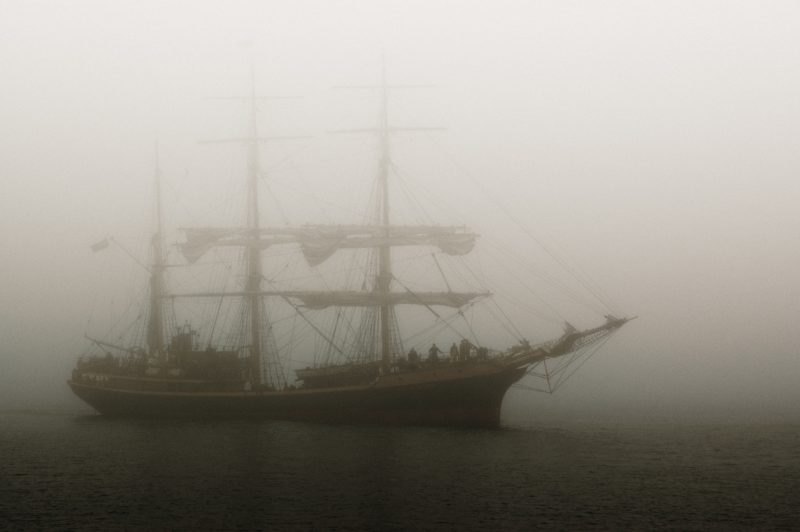
Danger Point Lighthouse, Gansbaai
Danger Point Lighthouse was previously one of the less-enjoyed postings for South African light-keepers. Though legend has it that this was due to the presence of the infamous Flying Dutchman ghost-ship that haunted the waters, it was more likely due to the isolation of the structure, positioned along a notoriously treacherous stretch of coastline.
Authorities built the lighthouse after several notable disasters, including the tragic case of the HMS Birkenhead, which struck an unmapped rock in 1852, killing more than 440 people. Danger Point is a fully operational lighthouse.
According to legend, the Flying Dutchman is a phantom ship doomed to sail the open seas and oceans for infinity, never being able to return home. The myth can be traced back to 17th-century nautical folklore that was heavily nurtured by superstitious beliefs of all sorts among sailors.
Early written accounts of the Flying Dutchman are dated to the 18th century and alleged sighting of this otherworldly vessel was well reported through most of the 19th and 20th centuries, too.




